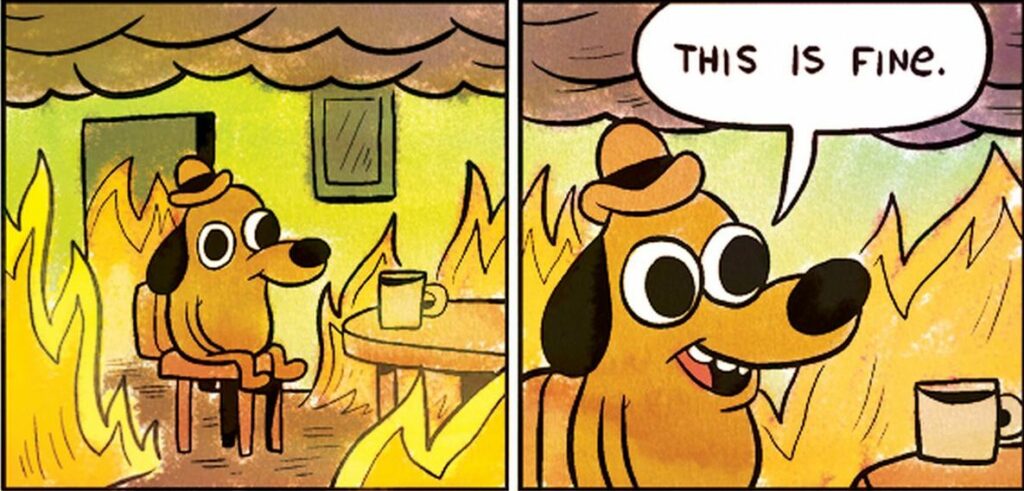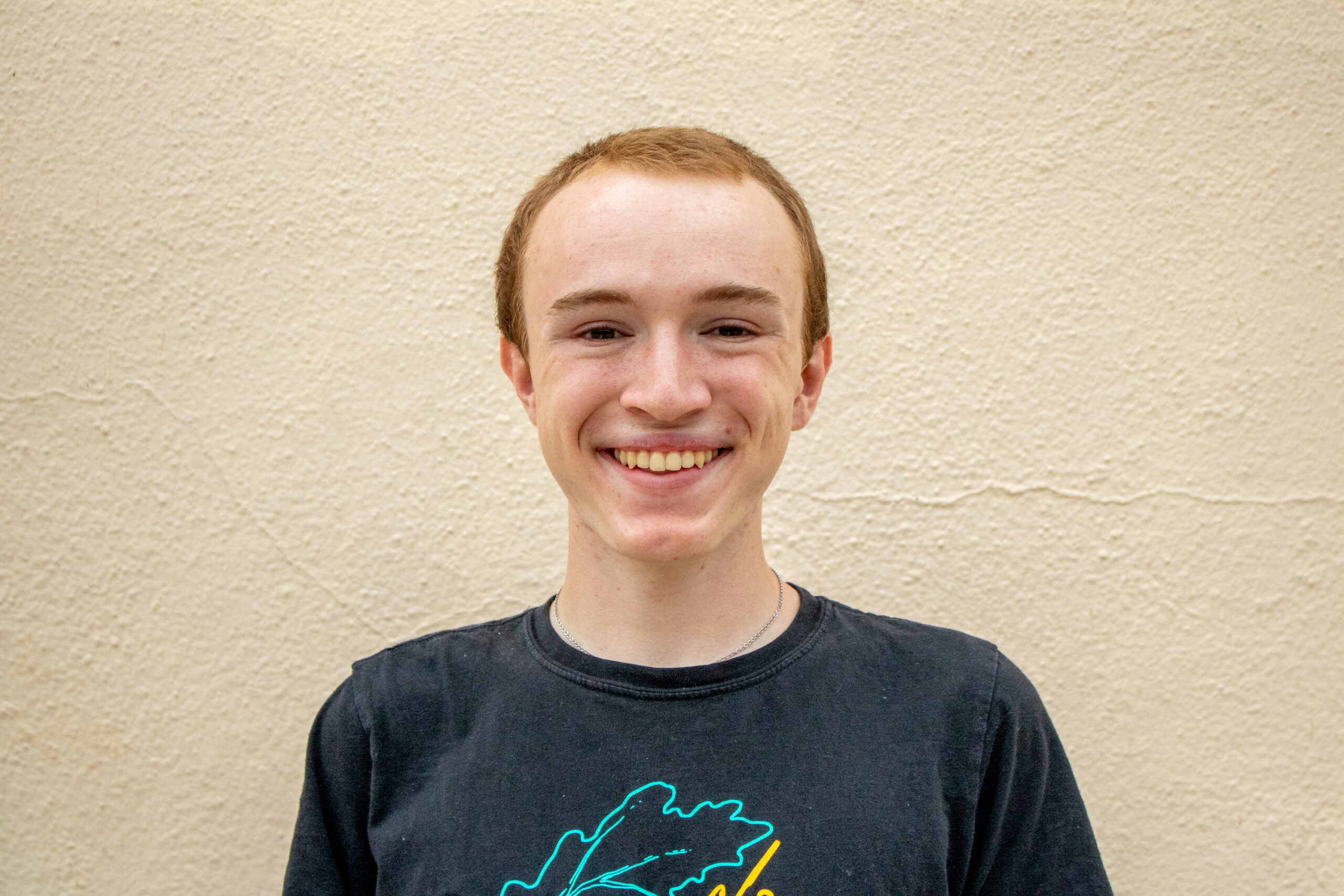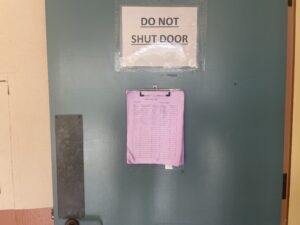Hours before the horrific school shooting at Oxford High School in Michigan that left four students dead, Ethan Crumbley, the 15-year-old suspect, was pulled out of class for a meeting with a guidance counselor and his parents. He had been observed in class drawing an image of a person being shot with the words, “The thoughts won’t stop. Help me.” The day before, he had been reported for viewing images of bullets on his cellphone. As he calmly sat through one of the final normal teenage experiences he will ever have, a disciplinary meeting with a counselor, Ethan’s parents insisted that he posed no threat to himself or others. That was enough for the school. He was sent back to class and hours later, the school devolved into chaos and bloodshed. What the parents failed to mention is that they had purchased a semiautomatic handgun for their son four days earlier as a “Christmas present.”
There’s a parable in this disturbing story of corrupted youth and negligent adults. The warning signs could not have been more clear that this child was mentally ill and intended to commit violence. The school even operated within the limits of their bureaucracy to scold him for his troubling behavior. And yet the parents gave the kid a loaded gun and the school allowed him to return to class. How can anyone be surprised by the outcome?
Twenty-one months into the pandemic, most high schoolers have now lived over a tenth of their lives in a state of fear. As the initial shock of isolation wore away into Zoom fatigue, and masks and tests became a part of daily life, mental-health related hospital visits among teenagers and even younger children have spiked. Emergency room visits for suicide attempts rose fifty-one percent among adolescent girls from 2019 to early 2021 according to a recent report from the Surgeon General. According to CDC data, pediatric emergency admissions for mental problems including panic and anxiety were up by thirty-one percent for adolescents. How can we be surprised? Teen’s brains are wired for connection and learning, not social media and online school. This perfect storm of loneliness, boredom, and fear left very few people untouched mentally. Internationally, a UNICEF study of people between the ages of 13 and 29 found that 73% of respondents have felt the need to ask for help regarding their physical and mental well-being during the pandemic.
Of course, Ethan Crumbley’s actions in Michigan were horrific and a reminder of the constant danger that easy access to guns poses in our country. But these events are also just another example of a healthcare and education system that fails to take the most basic steps to care for the next generation. Since we have returned to school, we have been encouraged to wear masks and get vaccinated for the sake of our physical health, but barely a word has been spoken about our mental health. We were expected to return to school as normal on day one of this year, with a full homework load, extracurricular expectations, and, for seniors, college application pressures. There were no seminars about readjusting to school and socialization and no communication about mental health resources. We are lucky enough to have new Wellness Centers on campus with extremely qualified staff, but help has to be sought out, and if the school is too busy for you, tough luck.

The mass absences this week caused by Omicron’s rapid spread are a stark reminder that this is far from a normal school year. The school district refuses to make a plan for online learning as they insist that “this is fine” like the famous meme of a dog sipping coffee in a burning building. But as I work with our writers in The Forge and talk to my classmates, they are anything but fine. They are exhausted and terrified and angry and helpless. They don’t know how they made it through the last semester, and they certainly don’t know how to make it through this one. The Oxford High School Shooting shows us that if the school district continues to turn a blind eye on our mental health crisis, the effects will be disastrous.
[Image Credits: Oxford Schools and KC Green]






Be First to Comment